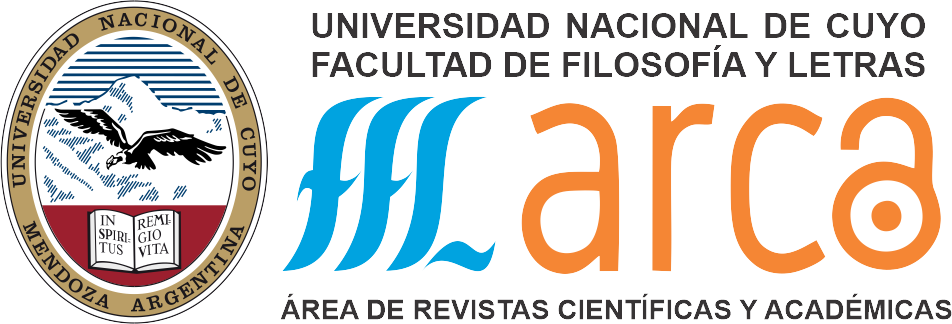Legal sources for the study of animals:
An approximation from the dogs-humans interaction in Mexico City during the Porfiriato
DOI:
https://doi.org/10.48162/rev.48.058Keywords:
Dog killings, Stray dogs, History of animals, Environmental historyAbstract
The main purpose of this article is to present an approach to the usefulness of legal sources for the study of the history of animals. In this case, emphasis is placed on the dogs of Mexico City (stray and company), during the period known in the history of Mexico as the Porfiriato, based on the analysis of some notes published in capital newspapers, of edicts and published regulations by the City Council, as well as some contracts entered by the capital's government with private agents who were entrusted with the slaughter of the dogs. What this documentation reveals are a series of human-dog interaction problems, such as attacks on people, particularly children; the distinction, at least formal, between stray or stray dogs and those pets; concern about the spread of rabies and the attempt to contain it through culling and; the series of provisions that tried to regulate such interaction.
References
ARNOLD, D. (2000). La naturaleza como problema histórico: el medio, la cultura y la expansión de Europa. Fondo de Cultura Económica.
ÁVILA, J. (2007). Voces y ladridos. Ensayo sobre los perros de la Ciudad de México, siglos XVIII y XIX, [Tesis de Doctorado en Historia]. Universidad Iberoamericana.
EL SOL DE TLAXCALA. (07 de 11 de 2022). Obtenido de https://www.elsoldetlaxcala.com.mx/local/faltan-acciones-para-evitar-perros-callejeros-en-tlaxcala-9151351.html
EXBALIN, A. (2014). Perros asesinos y matanzas de perros en la ciudad de México (siglos XXI-XVIII). Relaciones. Estudios de Historia y Sociedad, XXXV(137), 91-111.
GALEANO, E. (1989). El libro de los abrazos. Siglo XXI.
GALLINI, S. (2020). ¿Qué hay de histórico en la Historiografía ambiental de América Latina? Historia y Memoria (número especial), 179-233.
GARCÍA, B. (2016). El naturalista frente a la historia y el historiador frente a la naturaleza: Las enseñanzas de Alcide d’Orbigny. Istor, XVII(66), 177-211.
LINATI, C. (1956.). Trajes civiles, militares y religiosos de México (1828). UNAM.
LIRA, A. (1977). Por una ciudad sin perros. Diálogos: Artes, Letras, Ciencias Humanas, 13(5), 4-7.
LLAMAS, Leonardo y OROZCO, Eduardo. (2009). Rabia: infección viral del sistema nervioso central. Revista Mexicana de Neurociencia, 10(3), 212-219.
MCNEILL, J. (2005). Naturaleza y cultura de la historia ambiental. Nómadas, 12-25.
MONTOYA, J. (2017). Vida de perro en una ciudad ideal. Matanzas de perros callejeros en la Ciudad de México, 1791-1820. [Tesis de Maestría en Historia], FFyL, UNAM.
PULIDO, D. (2011). Policía: del buen gobierno a la seguridad, 1750-1850. Historia Mexicana, LX(3), 1595-1642.
REPORTE ÍNDIGO. (04 de 01 de 2019). Obtenido de https://www.reporteindigo.com/reporte/molestan-y-causan-enfermedades-diputada-propone-eliminar-perros-callejeros
ROJAS, L. (2011). Muerto el perro, se acabó la rabia. Perros callejeros, vacuna antirrábica y salud pública en la Ciudad de México, 1880-1915, [Tesis de maestría en historia], FFyL, UNAM.
SCHNEIDER, Maria Cristina y SANTOS-BURGOA, Carlos. (1994). Tratamiento contra la rabia humana: un poco de su historia. Rev. Saúde Pública, 28(6), 454-463.
SENADO DE LA REPÚBLICA. (12 de 10 de 2021). Obtenido de https://infosen.senado.gob.mx/sgsp/ gaceta/65/1/2021-10-12-1/assets/documentos/11-PA_Sen.MAM_abandono_de_animales.pdf
TENORIO, M. (2017). "Hablo de la ciudad". Los principios del siglo XX desde la ciudad de México. Fondo de Cultura Económica.
ZUMAYA, B. (21 de julio de 2021). Rio Grande Guardian. Recuperado el 10 de septiembre de 2022, de https://riograndeguardian.com/reynosa-captura-cada-semana-50-perros-callejeros-electrocutados-si-nadie-los-rescata-en-48-h/
Downloads
Published
How to Cite
Issue
Section
License
Copyright (c) 2023 Nicolás Vázquez Ortega

This work is licensed under a Creative Commons Attribution-NonCommercial 4.0 International License.






















